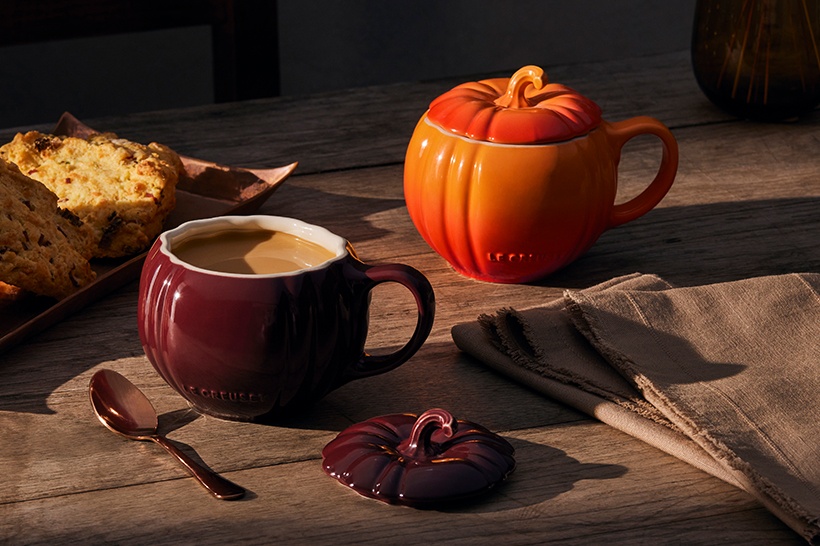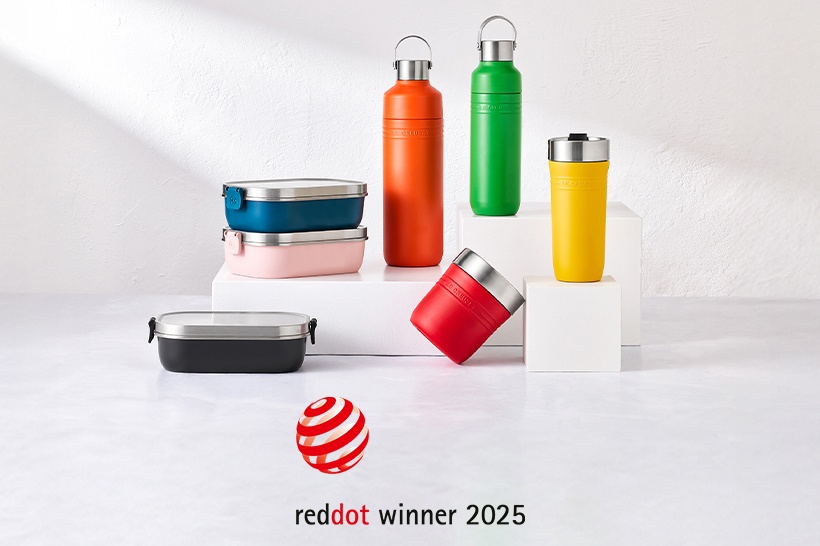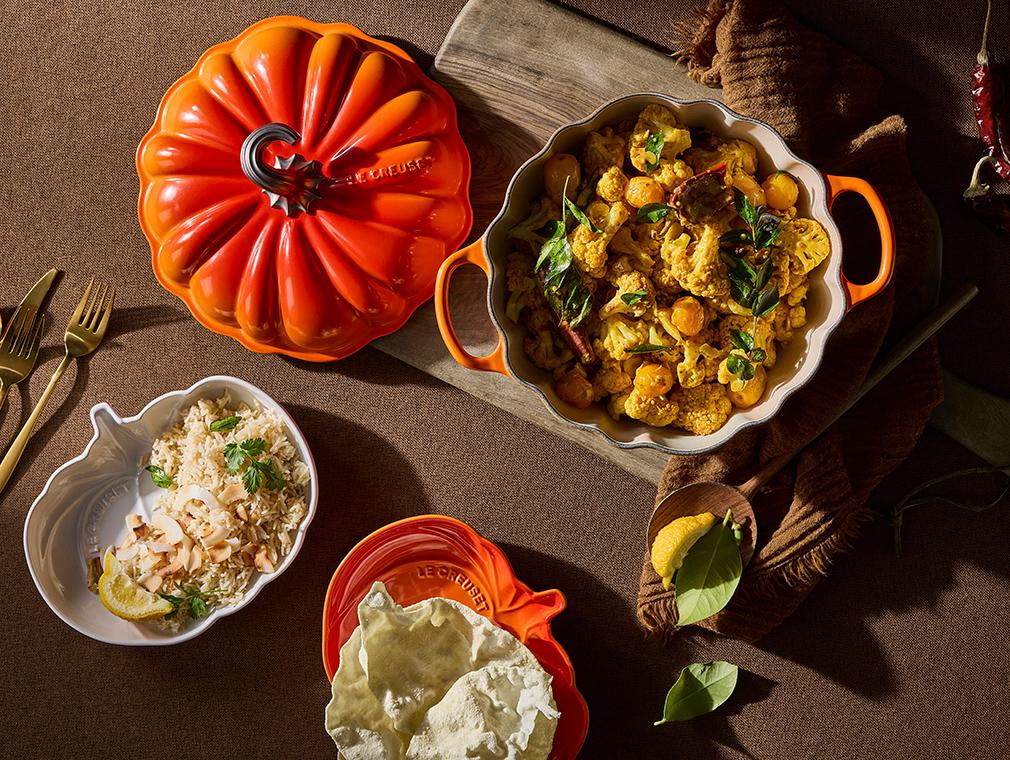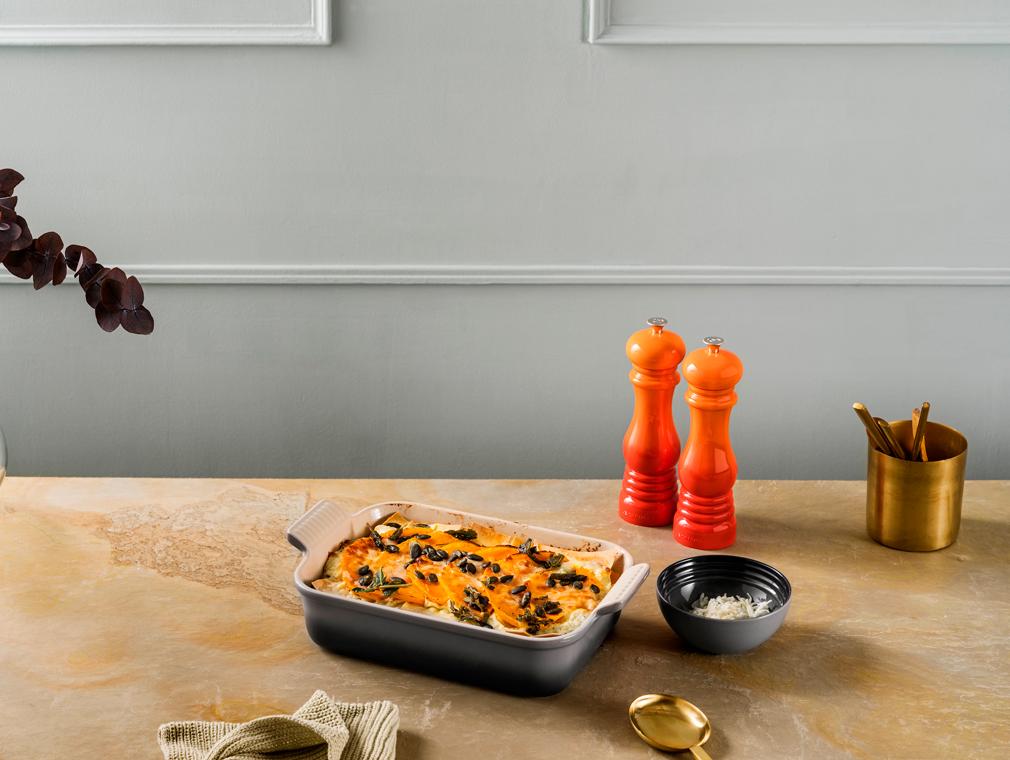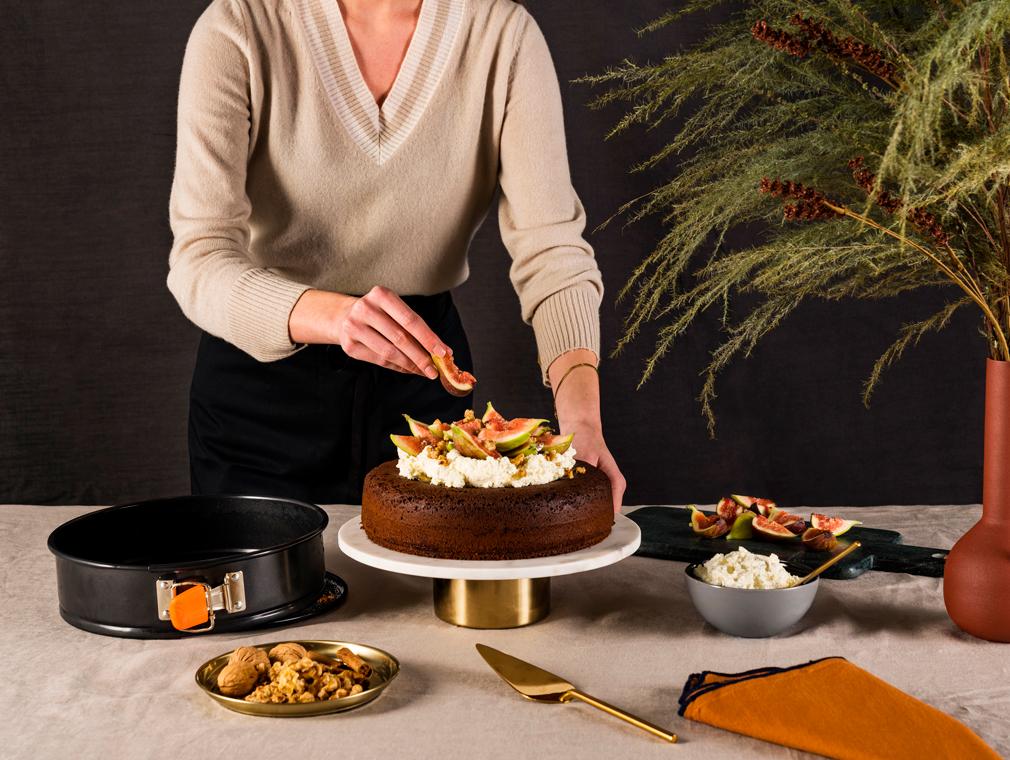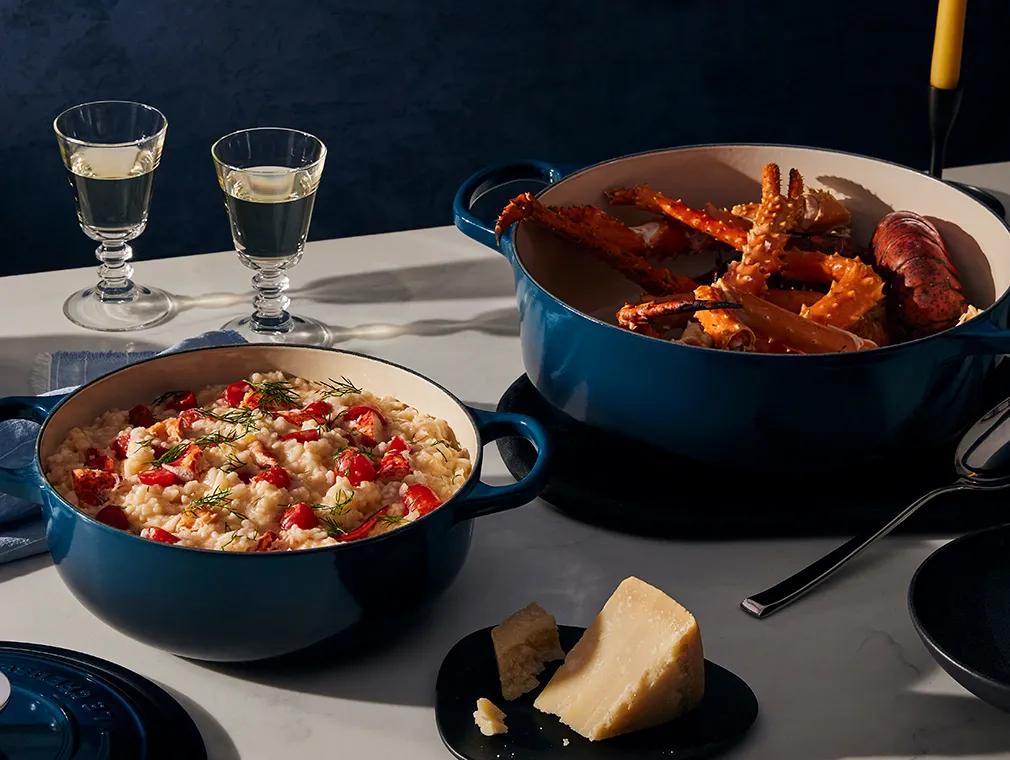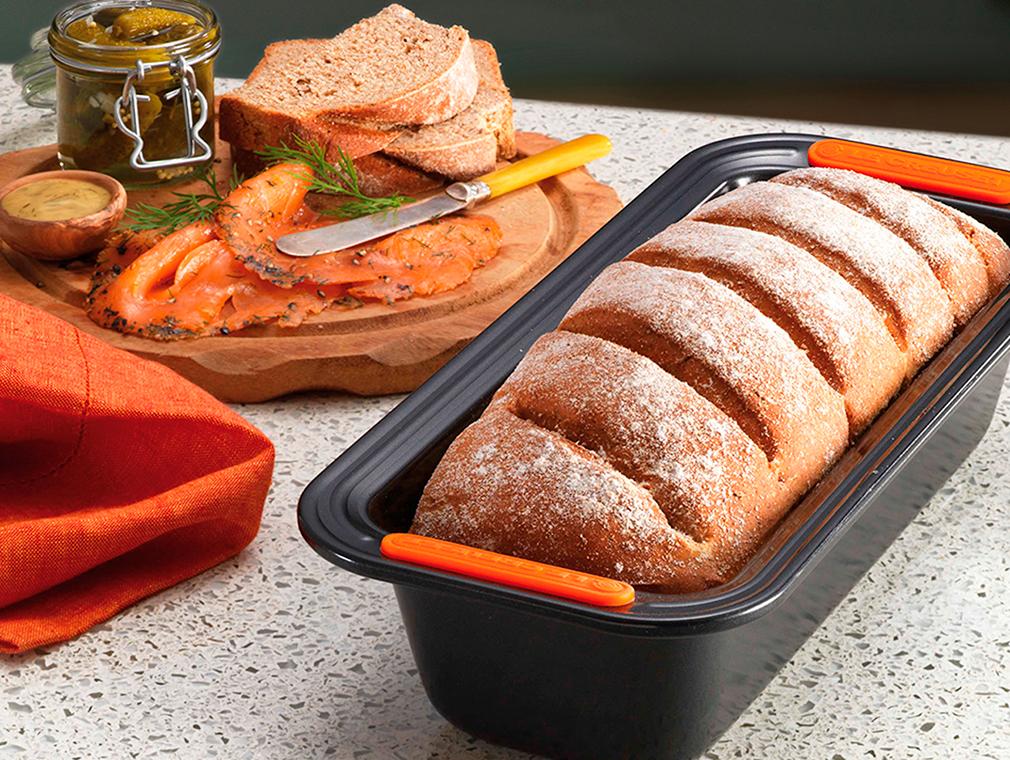
Main INGREDIENTS
- Bread & Cereals
Ingredients
Method
Ingredients
- 350g rye flour, plus extra for dusting
- 350g strong white flour, plus extra for kneading
- 1 tablespoon caraway seeds
- 1½ teaspoon salt
- 40g butter
- 2 teaspoons fast-acting dried yeast
- 350ml hot water, not boiling
- 200ml cold milk
- 2 tablespoons runny honey
-
Method
-
1Combine the flours, seeds and salt in a large bowl. Rub in the butter and stir in the yeast.
-
2Measure the hot water into a jug, stir in the honey and add the cold milk. The temperature of the liquid should be warm but not hot.
-
3Make a well in the centre of the dry ingredients and pour in the contents of the jug. Combine the ingredients to make a soft dough ball. A large silicone spatula is excellent for this.
-
4Lightly dust a work surface and your hands with some of the extra white flour, turn out the dough and knead until it is smooth and elastic. This will take 6-8 minutes. Place the dough back into the bowl, cover with cling film or a damp, clean tea towel and leave to rest for 1-1½ hours or until doubled in size. Rising time will vary depending on room temperature.
-
5Dust the work surface with a little more of the extra four, turn out the dough and knead for 1-2 minutes to knock out the air. Shape the dough to approximately the length of the tin.
-
6Place the dough into the tin and using a small sharp knife carefully make several slashes across the top of the loaf. Sprinkle with some of the extra rye flour, cover and leave to rise a second time until doubled in size. This will take approximately 1-1½ hours.
-
7Heat the oven towards the end of the second rising time to 230°C/210°C fan/Gas Mark 8. Bake the loaf for 15 minutes then reduce the oven temperature to 190°C/170°C fan/Gas Mark 5. Continue to bake for 25-30 minutes.
-
8Leave in the tin for a few minutes before turning out.
-
9Cook's Notes
-
10Use a kettle or a pan for the hot water, not water from the tap; it should be hot but not boiling.
-
11The dough needs to be quite soft to begin with as the rye flour will eventually absorb more liquid.







